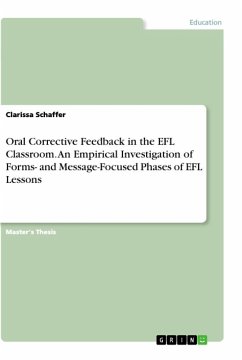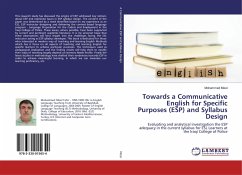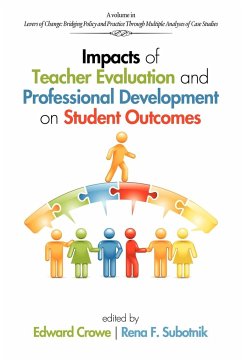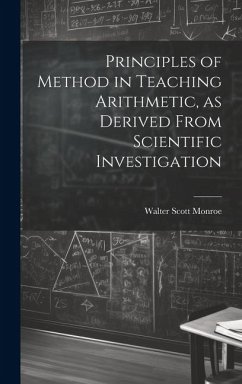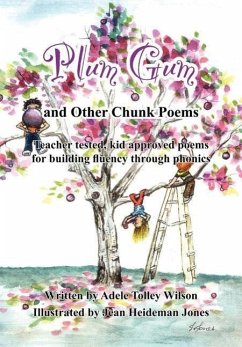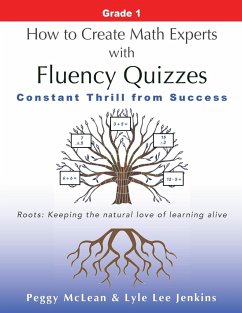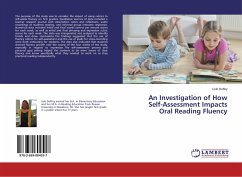
An Investigation of How Self-Assessment Impacts Oral Reading Fluency
Versandkostenfrei!
Versandfertig in 6-10 Tagen
27,99 €
inkl. MwSt.

PAYBACK Punkte
14 °P sammeln!
The purpose of this study was to consider the impact of using rubrics to self-assess fluency on first graders. Qualitative sources of data included a teacher research journal with observation notes and reflections, audio recordings of students reading, and informal group interview responses. Numerical data included initial and final words correct per minute scores for each week, as well as initial and final phrasing and expression rubric scores for each week. The data was triangulated and analyzed to identify trends and draw conclusions. The findings suggested that the use of fluency rubrics f...
The purpose of this study was to consider the impact of using rubrics to self-assess fluency on first graders. Qualitative sources of data included a teacher research journal with observation notes and reflections, audio recordings of students reading, and informal group interview responses. Numerical data included initial and final words correct per minute scores for each week, as well as initial and final phrasing and expression rubric scores for each week. The data was triangulated and analyzed to identify trends and draw conclusions. The findings suggested that the use of fluency rubrics for self-assessment and the use of ipads for voice-recording were both motivating for students. The data also indicated that students showed fluency growth over the course of the four weeks of the study, especially in regards to expression. The self-assessment process and personal goal setting helped the students to be more aware of their fluency and know specifically what they needed to workon as they practiced reading independently.




